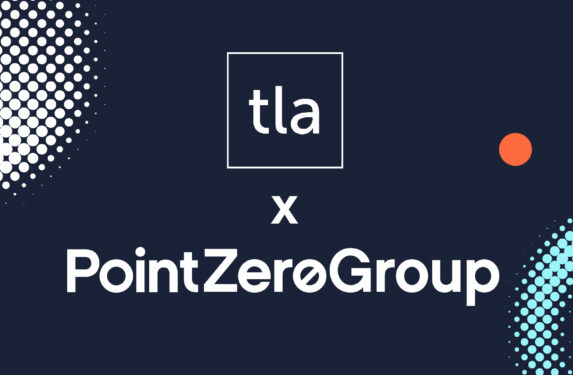
How can we measure that…? The age-old question in the marketing world.
We get it, our clients want to know whether their investment is generating them valuable ROI. Scratch that, we want to know about ROI too. Measurement tells us if our creative and strategic thinking are having the effect we intend. It can help us to understand if the channels and platforms we’ve chosen are helping us to deliver value. However, a recent CMO Council survey of senior marketing executives found that more than 80% were dissatisfied with their ability to measure marketing ROI, and fewer than 20% of the respondents said their companies employed meaningful metrics (Harvard Business Review).
Why then, is measuring campaign success often such a challenge? In this blog I’m going to tackle some of the common pitfalls…
Having unclear objectives
What are you trying to achieve? If you don’t define this at the start of your campaign, it will become much harder to retrofit metrics further down the line. It’s crucial to decide what and how you’re going to measure in the planning phase of your campaign.
Trying to measure too many objectives
Google Analytics will give you a wealth of data and it’s easy to be overwhelmed by it all – it’s very easy to fall into the trap of trying to capture too many metrics. Focus on what’s important to you – what does a successful result actually look like? Then select the metric(s) that reflect that. Define your goal first, and choose the measurement tool second, not the other way round.
I can’t measure that!
How can I measure a feeling? Admittedly it’s considerably harder to measure some things than others, but that doesn’t mean that the channel is less effective – it’s just harder to show whether it is or not. And this is where we get into the grey area of measurement, the art behind the science.
Feelings are less quantifiable than ‘number of visitors on my webpage’ for example. Just because someone likes your brand a bit more having seen your campaign doesn’t automatically convert to clicks. And it’s often impacted by multiple different factors. An employee may well have read your leaflet on wellbeing but have had to work late every night that week. Social listening tools, pulse surveys, in app surveys and sentiment analysis are all ways to help with this and you could consider using them as a way of measuring your campaign.
If you are measuring overall sentiment, you’ll need to view these as part of the bigger picture and work with your wider marketing team to understand what else may have had an impact on your measurements.
Being unrealistic
How to measure how many people have walked past a billboard, and thought ‘yes, I want to apply’? Likelihood is that your media provider will have told you how many people drive past it every day, and how many impressions you’ll receive in the planning phases, but it will be very hard to tell who has taken a direct action off the back of it. This doesn’t mean you should discount it from your marketing mix but be realistic about what information will be available to you. As an example, billboards are great for awareness raising, and impressions might be right metric for that goal.
Not sharing, using or learning from your results
All too often, results aren’t shared, meaning that learnings aren’t taken forward into other campaigns. Make a point of sharing your learnings so future team members can avoid making the same mistakes. Additionally, by analysing your results in real time, sometimes you can optimise your campaign as you go, improving its efficacity.
In conclusion, build measurement into your planning. Knowing what, how and when you measure will set your own and your stakeholders’ expectations. Don’t avoid measurement just because it’s hard – consider using different measurement tools and be realistic about what results can be achieved. And finally, share your results, so your team and others can learn from them.
Planning a campaign but don’t know where to start with measurement? As a self-confessed spreadsheet lover and Google Analytics aficionado, get in touch…
 Why start with EVP? 23 Apr Do you say “employer value proposition” or “employee value proposition?” At BrandPointZero we’ve (mostly) decided on the former. We think about EVP as a compelling […]
Why start with EVP? 23 Apr Do you say “employer value proposition” or “employee value proposition?” At BrandPointZero we’ve (mostly) decided on the former. We think about EVP as a compelling […] How to make your EVP work harder 6 Mar For many organisations, their EVPs & Employer Brands are associated with recruitment and resourcing. But during these uncertain economic times, we think the role of […]
How to make your EVP work harder 6 Mar For many organisations, their EVPs & Employer Brands are associated with recruitment and resourcing. But during these uncertain economic times, we think the role of […] Bristol agency BrandPointZero to merge with That Little Agency to create larger full-service employer brand marketing agency 4 Jan Bristol-based employer brand agency BrandPointZero has announced a merger with fellow Bristol agency That Little Agency, a move that will significantly increase the PointZero Group’s […]
Bristol agency BrandPointZero to merge with That Little Agency to create larger full-service employer brand marketing agency 4 Jan Bristol-based employer brand agency BrandPointZero has announced a merger with fellow Bristol agency That Little Agency, a move that will significantly increase the PointZero Group’s […]
